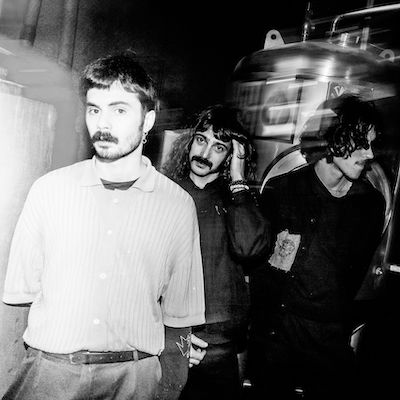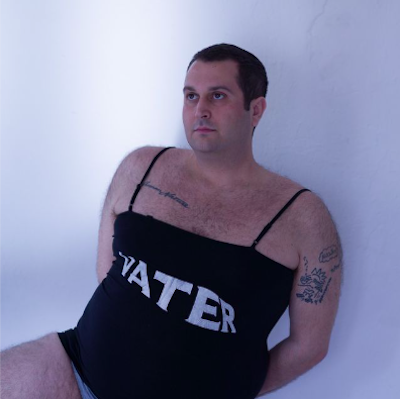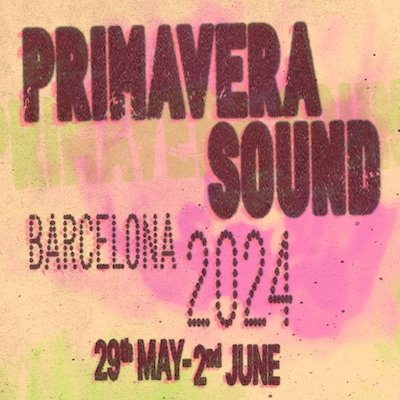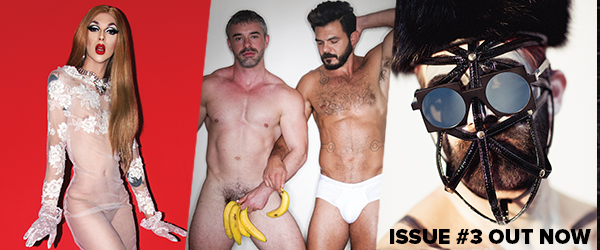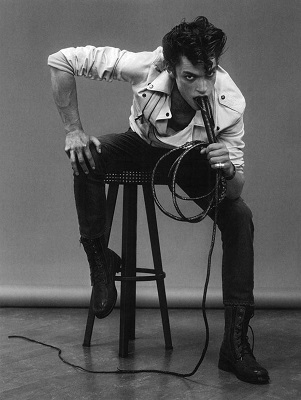
"Mapplethorpe is at once unlikable and incredibly admirable"
Fallon Gold enters the World Of Wonderful photos by Robert Mapplethorpe and recalls a time when homophobic censorship brought the queer artist into the consciousness of the mainstream.
BFI Flare was abuzz. The idea of a documentary about queer, ‘controversial’ art photographer Robert Mapplethorpe seems to have had everyone chomping at the bit (as it were) and that it comes from doc supremos World Of Wonder added to the excitement. It delivers, but isn’t quite the trashy, campy, delightful pop style of much of their other WOW output. That befits, however, the subject and a very satisfying journey into the delightfully complex hardcore world of an artist it is.
For those who do not know the Mapplethorpe story, he came to prominence in the mainstream when, just post death, Republican senator Jesse Helms decided to focus his homophobic wrath on Mapplethorpe’s sex photos depicting cocks and s/m sex acts. Helms railed against this ‘filth’ and ‘perversion’ and the photographs were ceased from galleries.
But Mapplethorpe had had a whole life and career and notoriety in the art and gay world well before this appalling piece of censorship and it is this story that is so thoroughly explored in Fenton Bailey and Randy Barbato’s film.
The other thing that Mapplethorpe is known for is his early relationship with Patti Smith before they were both darlings of the punk underworld. Bailey, in a talk at the BFI, described this as a straight relationship because after they split Mapplethorpe only dated men. But the Mapplethorpe/Smith pairing was queer, just a different queer to his gay relationships. Both he and Patti dated other genders and this beautiful/androgynous punk-art couple fucked with people’s heads, inspired queer crushes a-go-go and – Loverboy would argue – was deeply queer in so many ways.
Smith wrote about this lover affair in her book Just Kids and it is assumed that she did it to have an ownership of this part of her life. Bailey told us, however, that on his deathbed Mapplethorpe asked her to write this story… just as he asked nearly everyone who knew him to write his story because he wanted to be remembered. And be as famous as possible.
And it is this side of his personality – the obsessive need for attention, fame, money, notoriety – that the documentary thoroughly examines. Mapplethorpe is at once unlikable and incredibly admirable. And, really, how is this kind of calculated art-making for narcissistic reasons any different from how Warhol approached the world? Warhol who was, incidentally, a massive rival for Mapplethorpe.

The idea of art vs commodity, the snobbishness of the art world to anything seen as unworthy but then claiming it as its own after the fact, and queer expression as art are all themes heavily present in Look At The Pictures. And this actually ties the documentary into the rest of the W.O.W. output; Bailey revealed that it was seeing drag shows and realizing drag is an art form that led them to produce Drag Race. And he also argued that the perception that reality TV and celebrity documentaries lack value and worth is just more snobbishness. For W.O.W. reality TV is an art form. And Loverboy agree.
Mapplethorpe: Look At The Pictures stands alone as a good documentary on art, censorship and sexual creativity and we get a thorough view of the artist’s ambition, sexuality and legacy. But placing it within the oeuvre of Bailey and Barbato reminds us that as queer culture-makers we have a vast and varied smorgasbord to work with and explore.



